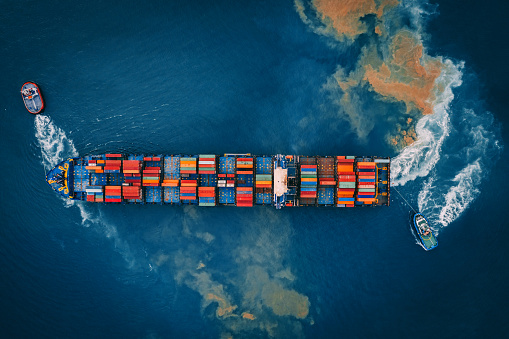Trade Facilitation and Trade Enforcement Act of 2015 | U.S.
The U.S. has been increasingly active not only in sanctioning governments that fail to act, or are themselves culpable, but also by blocking companies and products from the U.S. market. The U.S. Trade Facilitation and Trade Enforcement Act of 2015 (TFTEA)1 eliminated the exception to prevent the importation of goods made with slavery into the country under Section 307 of the Tariff Act of 1930, which provides that:
All goods, wares, articles, and merchandise mined, produced, or manufactured wholly or in part in any foreign country by convict labor or/and forced labor or/and indentured labor under penal sanctions shall not be entitled to entry at any of the ports of the United States, and the importation thereof is hereby prohibited …2
TFTEA operates mainly through the mechanism of a “with-hold release order” (WRO), through which a sub-agency of the Department of Homeland Security, U.S. Customs and Border Protection (CBP), prohibits the goods from entering into the U.S. WROs are issued not on proof be-yond a reasonable doubt, as in a criminal case, or even by a preponderance of the evidence, as in a civil action, but when there is reasonable suspicion to believe the goods are made by forced labor, prison labor, or forced child labor. WROs can be lifted once CBP is satisfied that the company has taken remedial measures in its supply chain. WROs for forced labor enforcement is a relatively new activity for the U.S. government, but the reach of the affected goods has to date been broad, ranging from agricultural commodities to minerals, from personal protective equipment to fish. Important precursor chemicals such as soda ash and potassium nitrate have also been barred entry.
Companies can also be placed on what is known as the “entities list.” In July 2020, 10 Chinese companies were placed on the entities list because of the widespread state-sanctioned forced labor of Muslim populations in their home province of Xinjiang and in other areas of China, to which they have been forcibly relocated. Human rights researchers report that sanctioned producers are in the supply chains of at least 80 major multinational companies. While many of the companies were apparel or footwear brands or retailers, others were systems, equipment, or electronics companies such as Bosch, Cisco, Dell, Electrolux, General Motors, Hitachi, HP, Huawei, Lenovo, LG, Mercedes-Benz, Mitsubishi, Panasonic, Siemens, and Toshiba.3
In assessing the flow of slave-made goods in international commerce, major economies are increasingly paying attention to the role of governments, whether as actively participating in forced labor, failing to adequately protect workers from exploitation, or pursuing policies that facilitate exploitation. Accordingly, if goods or services are obtained or maintained through coercive force, it does not matter if a particular practice is legal in a country — such as holding workers’ passports, using political prisoners’ labor, or allowing child labor — the resulting goods and services are considered to be connected to slavery nonetheless. Compliance with the least stringent legal standard in a developing or autocratic country will not shield a company from liability in the globalized world.
Governmental and Non-Governmental Reports
The most basic way to assess the likelihood of slavery in a supply chain is to be aware of current trends in particular countries and around particular commodities or manufacturing sectors. A good starting point is the three major reports: the U.S.’ Trafficking in Persons Report and List of Goods Produced by Child Labor or Forced Labor, and the Walk Free Foundation’s biennial Global Slavery Index. Reports by established, credible human rights organizations (such as Human Rights Watch or Amnesty International) or industry-specific watchdog groups or think tanks (such as the Environmental Justice Foundation), are not issued on as regular a schedule, but are an important — and often more in-depth — snapshot of particular areas of concern.
1 CBP and the Trade Facilitation and Trade Enforcement Act of 2015 (TFTEA), U.S. Customs and Border Protection. 2015.
2 Forced Labor: Section 307 of the Tariff Act of 1930. (19. U.S.C. § 1307) U.S. Customs and Border Protection.
3 Uyghurs for Sale, Australian Strategic Policy Institute. 2020.
